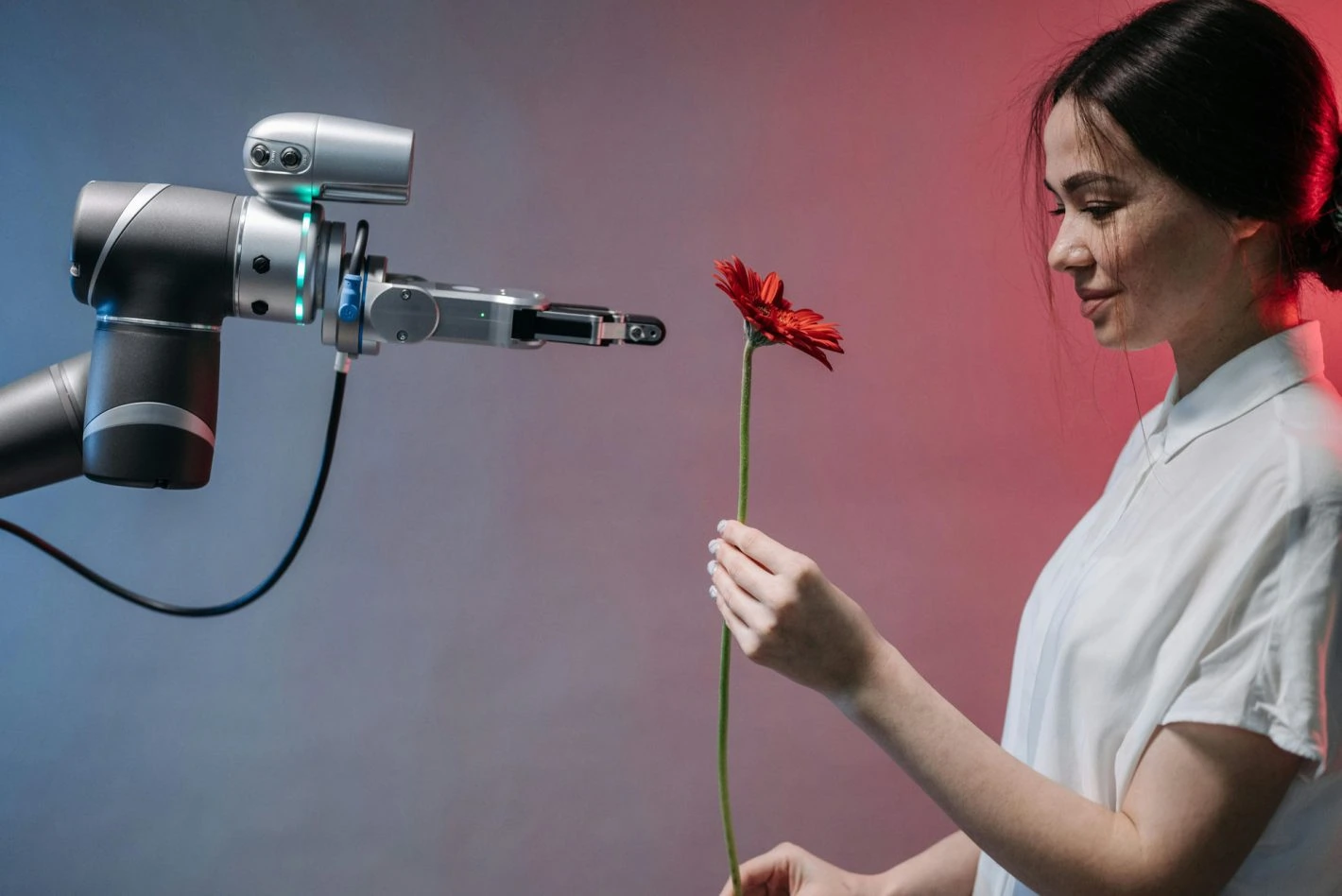OpenAI has launched a paid tier for its Sora video generation app, enabling users to purchase additional credits beyond the daily free limits. This change represents a significant shift for the company, moving from providing free access to a structured pricing model that aims to ensure financial sustainability while maintaining user accessibility in the competitive artificial intelligence landscape.
The new paid structure allows users to buy bundles of ten extra video generations for $4, a modest fee designed to enhance the app’s functionality for those who frequently reach their complimentary usage limits. Initially, Sora was released on iOS with unlimited free generations to encourage user engagement and feedback. As the user base expands, OpenAI is recalibrating its approach to manage operational costs and prevent potential misuse of the service.
Strategic Shift in Monetization
According to Bill Peebles, Sora’s chief, this pay-for-more model represents the first step in a broader monetization strategy. OpenAI plans to decrease the free daily limits in the upcoming months. Industry analysts note that this pricing strategy mirrors OpenAI’s earlier transition of ChatGPT from free access to subscription-based models, such as Plus and Enterprise tiers.
The Verge highlighted that OpenAI is positioning Sora not only as a creative tool but also as a potential economic ecosystem. Future plans may include licensing for copyrighted characters and cameo features, opening additional revenue streams through partnerships with content creators and media firms. The introduction of paid credits helps address the substantial operational costs associated with AI video generation, which requires considerable GPU resources.
Currently, the free tier allows around 30 generations per day, but reductions are expected to encourage users to upgrade. This tactic is commonly used in the gaming and software industries, where freemium models drive premium conversions.
Impact on Users and Creators
For creative professionals, this change could enhance access to advanced tools while potentially creating barriers for casual users. Filmmakers and marketers, who depend on iterative video generation for projects, may appreciate the ability to scale up without waiting for free resets. Yet, concerns about equity have arisen. User feedback reported by Mashable reveals mixed feelings; while some users praise the affordability of the $4 bundle, others fear it might lead to higher paywalls that could hinder innovation in underserved communities.
OpenAI’s executives maintain that this initiative is part of creating a “new Sora economy,” which will include monetized features like reusable avatars and video stitching. According to Business Insider, the company envisions opportunities for users to earn from their creations, potentially integrating marketplaces that blend AI generation with blockchain-like royalty systems.
The broader AI industry is also shifting towards similar models, with companies such as Google and Meta exploring hybrid free-paid structures to recover investments in training expansive models. Analysts suggest that OpenAI’s strategy could set important precedents for how generative AI tools evolve from initial hype into profitable ventures, particularly as regulatory scrutiny increases regarding energy consumption and intellectual property rights.
Critics warn that these changes could exacerbate digital divides. Mint pointed out that the current iOS-exclusive rollout limits accessibility, though plans for expansion to other platforms may broaden Sora’s reach.
As OpenAI navigates these developments, the success of Sora’s paid features will likely impact investor confidence and competitive responses in the AI sector.
Looking ahead, OpenAI intends to incorporate more advanced capabilities, such as higher-resolution outputs and collaborative editing, which could justify premium pricing. Nonetheless, challenges persist, including competition from open-source alternatives and ethical issues related to deepfakes. Reports from Engadget indicate that the company plans to introduce licensing options, allowing brands to protect and monetize their intellectual property within Sora’s ecosystem.
This monetization layer underscores OpenAI’s ambition to lead in the AI video landscape, transforming creative potential into a sustainable business. As the platform continues to evolve, it has the potential to redefine content creation by merging human creativity with machine efficiency, benefiting both innovators and the bottom line.







